


Chul Hyun Ahn’s mesmerizing sculptures use mirrors and colored LED light to manipulate perspective and invoke a sensation of infinite distance. His blend of sophisticated technology and fundamental construction creates visual portals that extend into uncharted space. Through the exploration of materiality, the subconscious, and human perception, Ahn creates pieces that are experiential, spiritual, and unforgettable.

Yufu Shohaku is a second-generation bamboo artist from Beppu. He is known for traditional Beppu rough-plaited baskets that blend plant roots and bamboo chunks. His work is in the collection of the Asian Art Museum in San Francisco, Eskenazi Museum of Art at lndiani University, and Beppu City Traditional Bamboo Museum.

Hangar One at the NASA Ames Research Center, is one of the world’s largest freestanding structures, a local landmark, and an iconic symbol of innovation. Working with original photography by artist Chris Carter, Public created a graphic representation of Hangar One as a tribute to The Ameswell Hotel namesake.
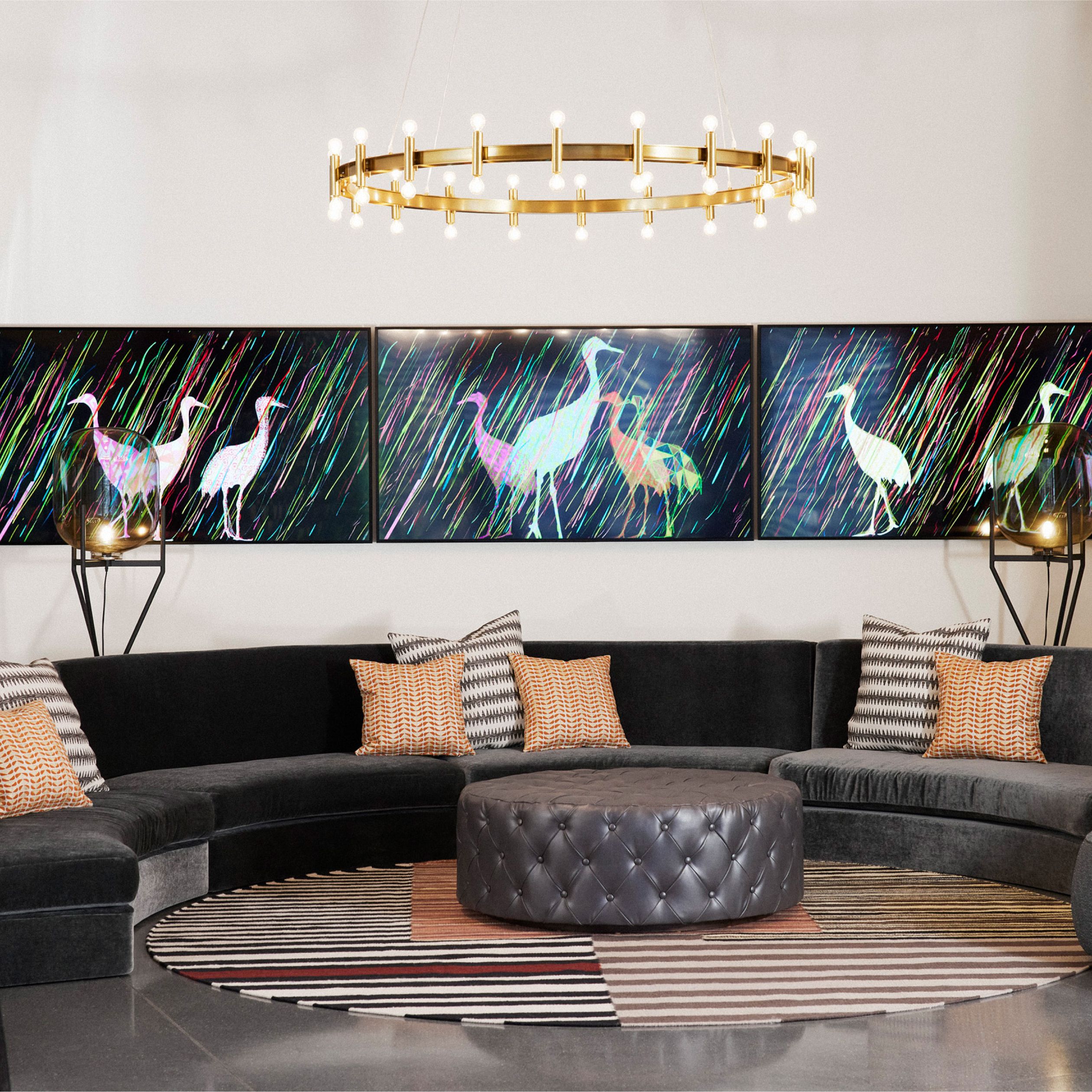
Doyle’s narratives feature a world of increasing speed and complexity in which environmental disaster and social inequities loom in an unsustainable, fragile world. The fourth piece in a planned series of five animations, The Fluid explores the way we view landscape through a culturally constructed frame. With stylized depictions, this piece explores aspiration and progress, challenging a culture consumed with constant striving.

Ala Ebtekar’s work is an amalgam of mythology, science, and pop culture. In his Azimuth series, images from the Hubble telescope are printed as negatives, then rendered with an almost alchemical cyanotype technique: exposed over canvas by sun, moon and star light. The result is explosive photographic possibilities of the universe: red iron is changed into blue, stark binaries crumble, photography meets painting, science converges with art, and ultimately, opposing world-views synthesize.
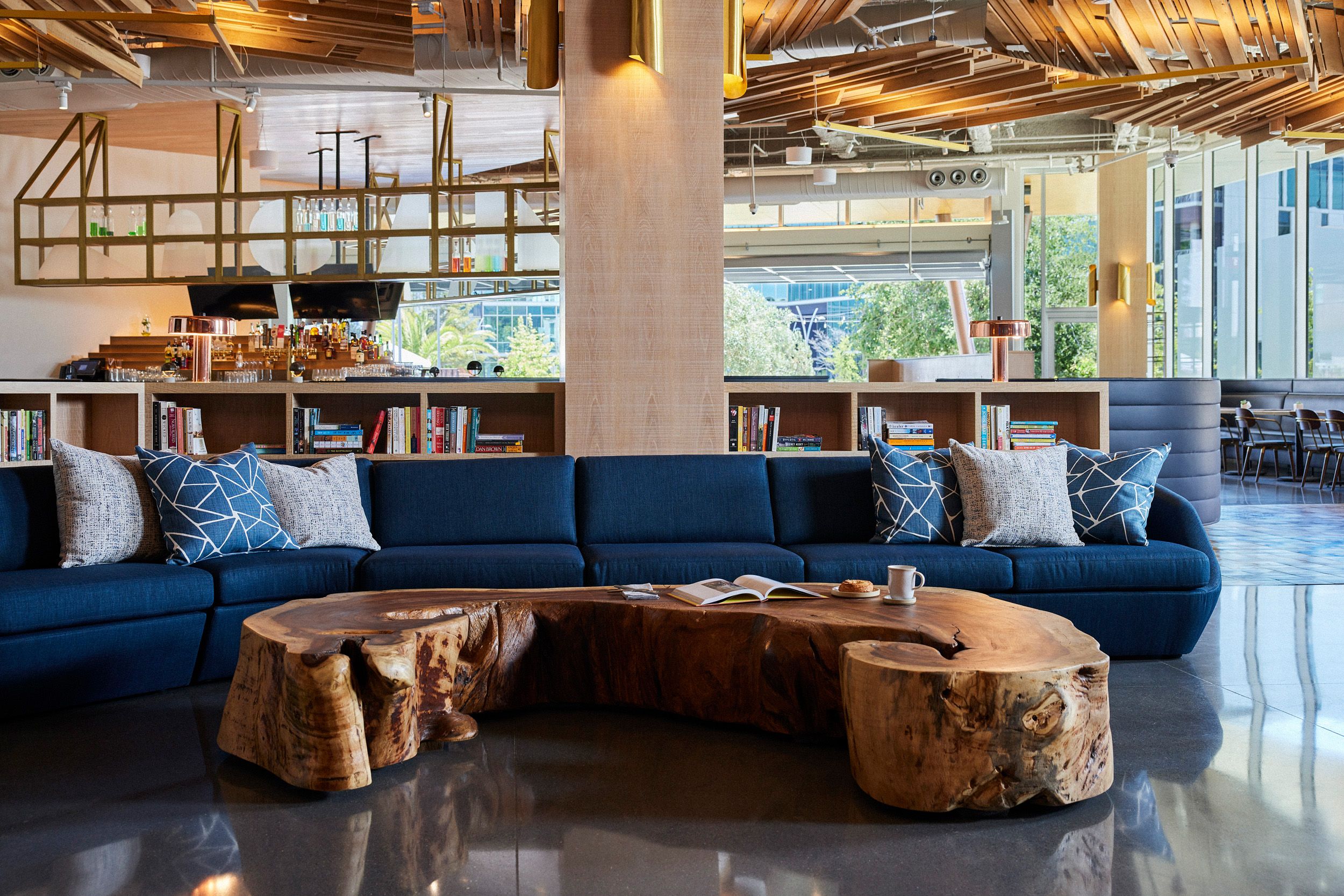
These three “sisters“ are solid wood, hand-cut from the trunk of one tree. Their mother tree was a 200 year-old Parota grown in Jalisco, Mexico. After the tree was struck by lightning, the pieces were salvaged and given a new life. They were cut and hewn using the simplest of tools and methods, allowing the natural ruggedness of the pieces to shine through. These special tree “sisters“ were given the name “Herradura“ to reflect their curved shape, like that of a horseshoe.
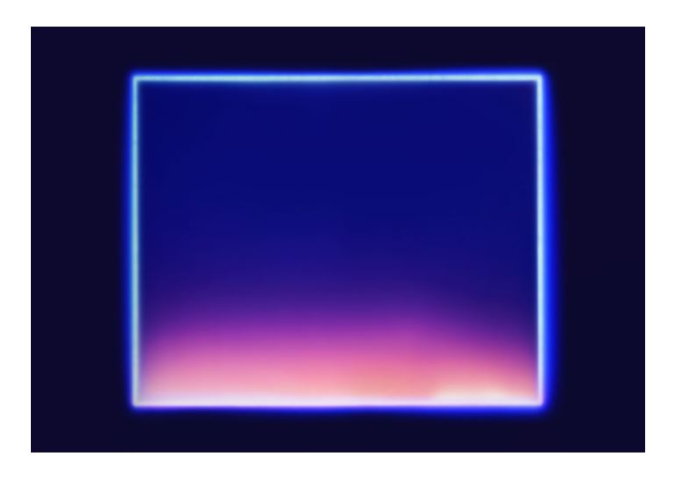
Inspired by the ephemeral elements of nature, Garry Fabian Miller’s camera-less creations expand the possibilities of photography. Working with diaphanous objects, liquids, and light-sensitive paper, Miller creates immersive, transcendent compositions that map the direction of light, appear to glow and palpitate in place, and ultimately captivate with their luminescence and rich chromatic values.
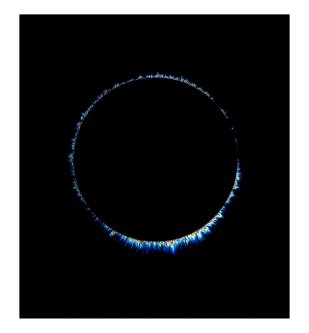


Inspired by science, Fabian Oefner’s highly methodical work explores fictional moments and spaces that look and feel absolutely real. His Corona Series is named for the fiery ring of plasma visible around the edges of a solar eclipse; an image Oefner achieved when he allowed rings of petrol evaporate on a glass plate, and photographed the unexpectedly beautiful results.

Santa Barbara photographic artist Cheryl Medow focuses her lens on the avian world to heighten awareness of the importance of these sublime creatures. She constructs multi-layered images from photographs taken on her travels around the world. These images, real and imagined, highlight the timeless beauty and grandeur of the avian world. Medow hopes that by embracing her hyper-real bird images, her audience will also create more space for birds living on our planet and be mindful of the fragility and beauty of life itself.
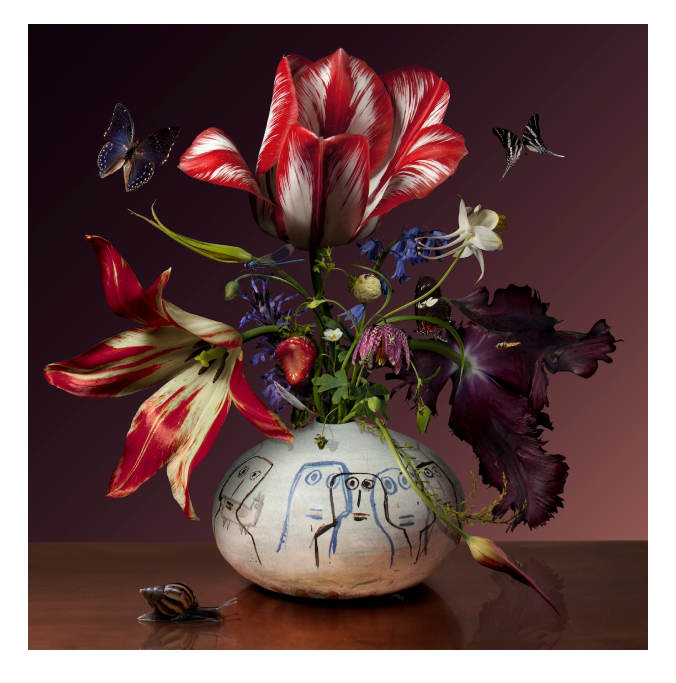
Meeuws draws inspiration from Dutch 17th Century masters who delicately painted beautifully arranged flowers in bloom. What was so fascinating about these paintings was their subjects inconsistency with the seasons - flowers that are unable to bloom at the same time as one another, “a botanical impossibility” speaks Sooke (Telegraph, 2016). The artists had in fact constructed the paintings from years of individual studies, in order to create the most extravagant, elegant assortment. Meeuws’ work mimics this layering technique in a contemporary fashion by capturing each flower on his camera then digitally arranging them, refining every detail until perfection is reached.
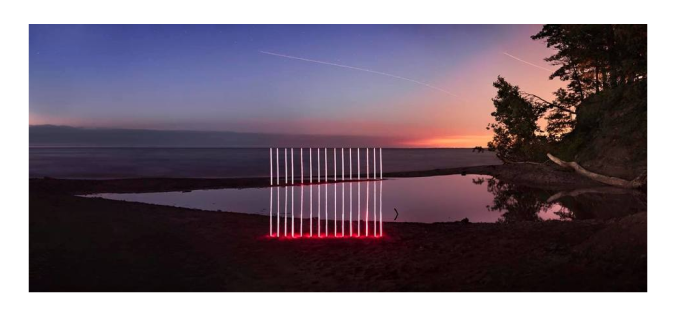
Influenced by historical methods of staged photography and constructed set design, Barry Underwood seeks to transform ordinary, everyday vistas into unique, and often surreal, experiences. Both Underwood’s installation process and his documentation, employing long exposure times to harness the area’s ambient light, rely as much on the artist’s ability to harmoniously collaborate with nature as disrupt it.

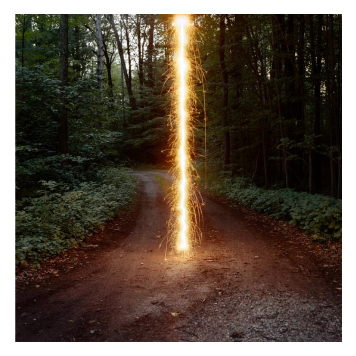
Influenced by historical methods of staged photography and constructed set design, Barry Underwood seeks to transform ordinary, everyday vistas into unique, and often surreal, experiences. Both Underwood’s installation process and his documentation, employing long exposure times to harness the area’s ambient light, rely as much on the artist’s ability to harmoniously collaborate with nature as disrupt it.
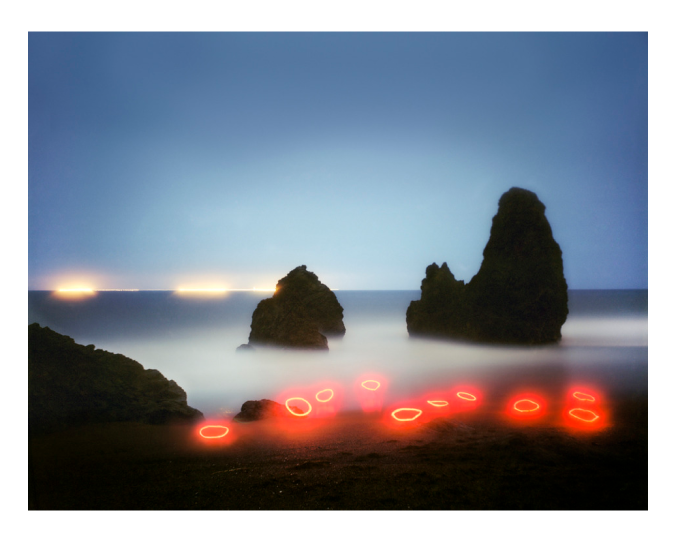
Influenced by historical methods of staged photography and constructed set design, Barry Underwood seeks to transform ordinary, everyday vistas into unique, and often surreal, experiences. Both Underwood’s installation process and his documentation, employing long exposure times to harness the area’s ambient light, rely as much on the artist’s ability to harmoniously collaborate with nature as disrupt it.

Bold colors, simple shapes and minimal details comprise James Ulmer’s uncomplicated paintings, which look vaguely like playful Egyptian hieroglyphics. His characters, often captured in side profile, have intriguing blank expressions that express both naivety and charm. The result is a simple visual language that can be both interpreted and decoded by the viewer, like primitive cave paintings or modern street signs.
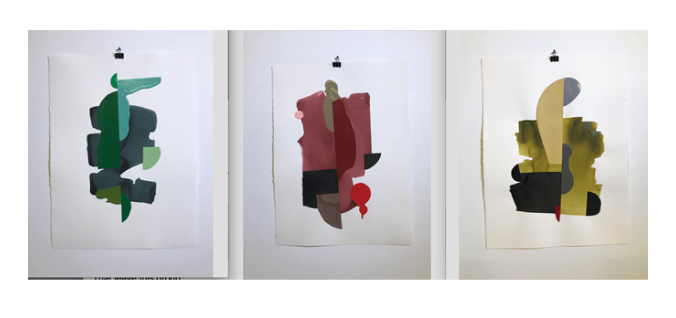
Dave Malone is a multimedia artist working with paint, canvas, paper, wood, stone, steel and various reclaimed materials. Malone’s work expands the possibilities of each medium, creating a rich surface with depth, color and texture.

Sylvia is a Dutch artist, illustrator and designer. Her style is graphic and playful with an emphasis on color, shape and nature.
Please note, this art is located in one of our guest suites and is not available for public view (unless you’d like to book one, of course!)

Nate Harris is a Philadelphia based graphic artist working in an ever expanding array of mediums. His interest in process and material experimentation is at the root of his approach to printmaking, woodworking, public art, illustrations, posters and sculpture.
Please note, this art is located in one of our guest suites and is not available for public view (unless you’d like to book one, of course!)
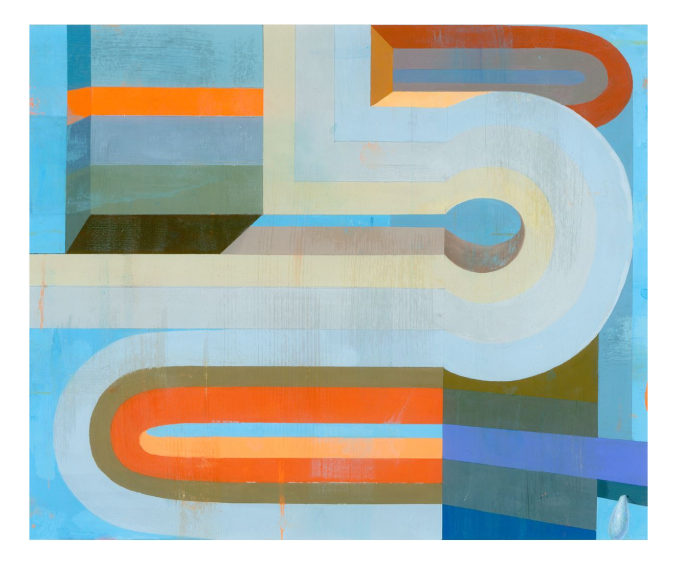
Zlotsky’s use of color, shape, form, and perspectival shifts create vibrant paintings that are both timeless and contemporary. Destruction and reconstruction are intrinsic to the process of creation in the work. Observing both monumental and architectural elements through undulating forms and layers of paint, the works suggest both receding and advancing forms.
Please note, this art is located in one of our guest suites and is not available for public view (unless you’d like to book one, of course!)
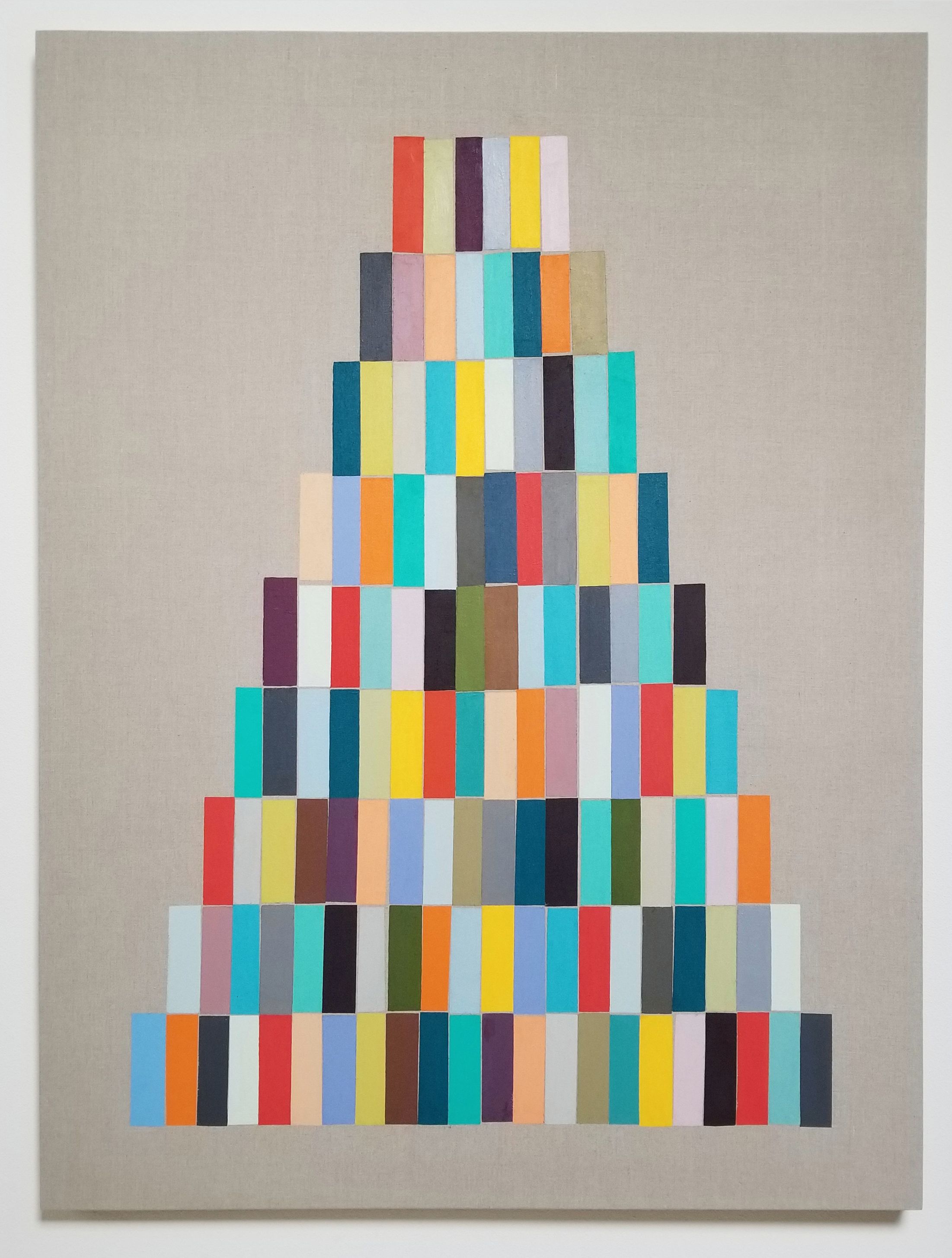


Influenced by color theory, Kowalski’s work explores the visual communication between color, pattern and shape. Sophisticated and refined, these repetitive shapes engage the viewer with their graphic appeal.

The Hyperspace Bypass Construction Zone (HYBYCOZO) was founded by artists Yelena Filipchuk and Serge Beaulieu. Their commissioned pieces draw inspiration from the Kepler mission of NASA’s Ames Research Center, which employed the dimming and bending of light to determine the size and location of orbiting planets outside our solar system. With systematically layered planes of interference patterns, HYBYOZO’s sculptures expand the boundaries of light and shadow, creating an illusion of movement that both educates and inspires.
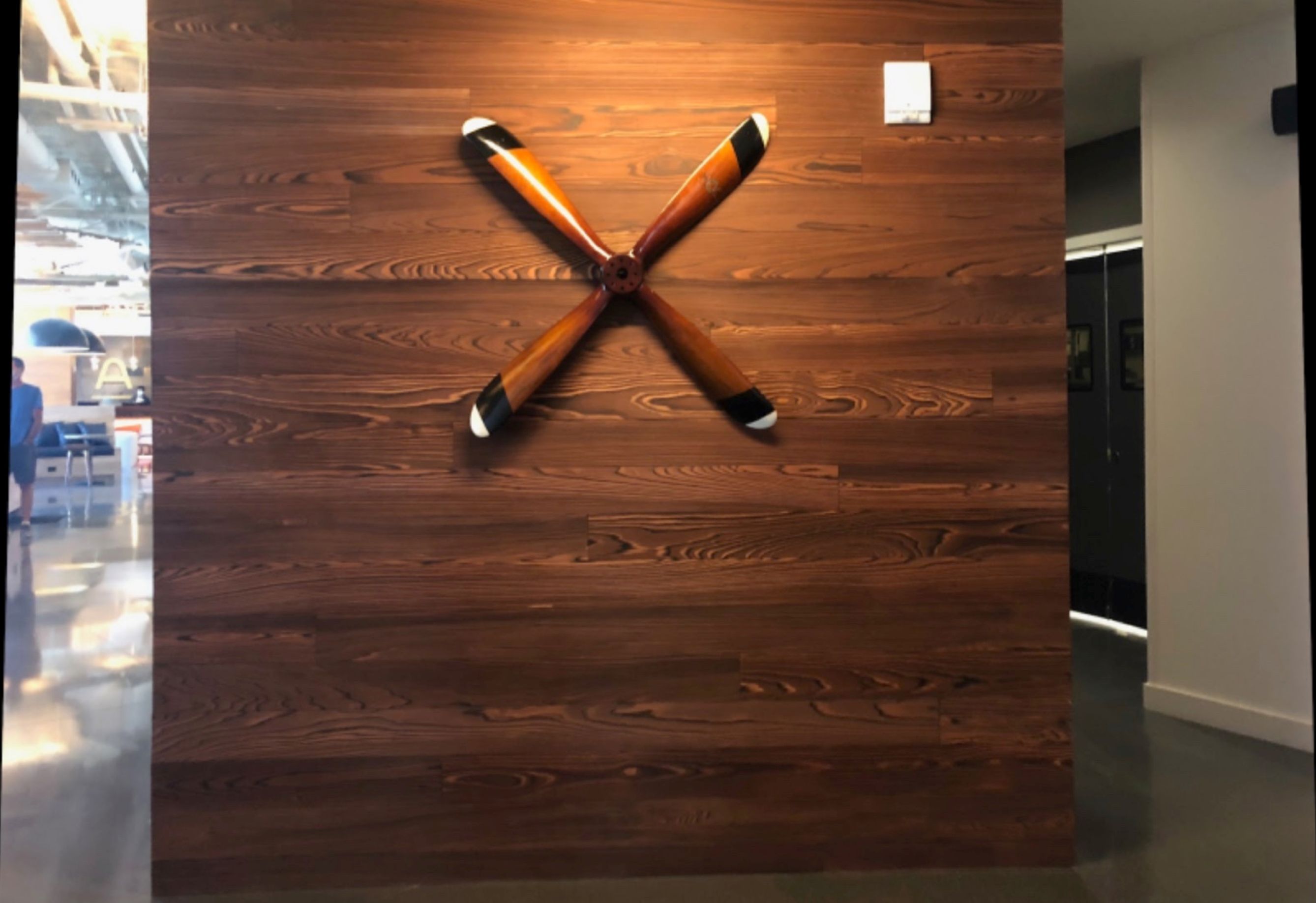
This antique four-blade propeller dates from the 1930s. While it never saw battle, it is a functional fighter plane propeller and was manufactured in the years leading up to WWII. The four-bladed propeller represented an innovation on the standard two-bladed model, a crucial technological breakthrough in wartime aviation. This propeller is made of solid wood with off white and black finishes.